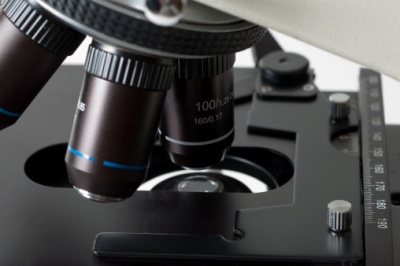Researchers at the University of Kentucky have demonstrated a new technique capable of accurately detecting a single chemical at high contamination and ultra-low concentration.

This capability of the technique makes it suitable for applications, including early disease diagnosis, toxin and drug screening, athlete drug monitoring, homeland security and environmental surveillance. The study results have been reported online for ACS Nano.
The study was conducted in the lab of Peixuan Guo from the University of Kentucky Markey Cancer Center. According to the study, the phi29 DNA packaging nanomotor connector is capable of sensing chemicals having reactive maleimide or thioesters with the help of single channel conduction assays, which are on the basis of three recognizable fingerprints. It is possible to further develop this channel system into ultra-sensitive sensing devices.
To diagnose a disease, the generation of a typical metabolic product is used as an indication to detect the disease. However, this product’s concentration is extremely low in early stages. Single molecule detection can identify cancer at its earlier stages, thus enabling the disease to be treated in advance.
Guo informed that detection sensitivity is a main issue in disease diagnosis. The researchers will now focus on detecting a metabolic product of a disease to detect the reliability in earlier disease diagnosis.
First author Farzin Haque stated that the study results will be used in designing multiple probes inside a single pore to perform real-time detection of multiple targets simultaneously at the level of a single molecule.